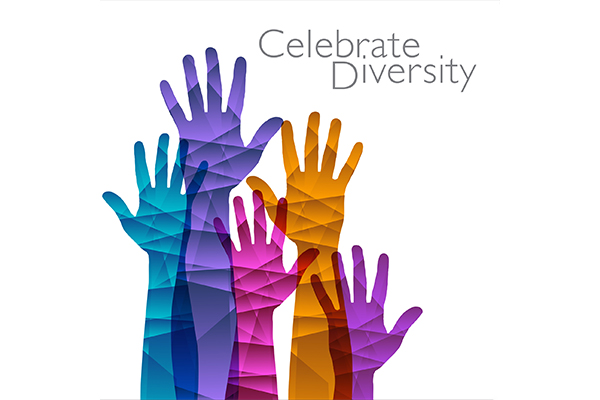As Maya Angelou once said, “In diversity there is beauty and there is strength.” The National Education Association reports that 2014 was the first year in which the majority of students in American public schools represented racial and ethnic minorities. 2017 marked the first year white students were not the majority in public colleges. But according to a Washington Post analysis, 60 years after the landmark Brown v. Board of Education decision, many American schools remained segregated.
There is clearly much work left to do in integrating our schools and colleges. But beyond just the societal benefits, there are real and practical advantages to a diverse learning environment.
The Benefits of Diversity to Learning
According to the School of Education at American University, diversity:
- Improves cognitive skills and critical thinking by presenting students with viewpoints far different from their own, allowing them to think critically about their own beliefs and examine the world in fresh ways.
- Helps students enter adulthood by preparing them for a diverse world.
- Prepares students for citizenship— studies find that experiences with diversity in college lead to increased civic engagement.
- Diversity promotes creativity because research shows the more ideas and experiences people are exposed to, the more creative they can be.
Supporting Diversity in the Classroom and Beyond
American University recommends the following strategies to educators of all levels for promoting diversity and inclusion in the classroom:
- Learn about students’ cultural backgrounds to anticipate where specific lessons might lead, or any issues that might arise between students of different backgrounds.
- Establish a tone of inclusion, emphasizing that all perspectives are valuable.
- Create a culturally responsive learning environment to foster a classroom where students become respectful and understand cultures different from their own.
- Allow students to learn about their community. Learning about one’s own culture is just as important as learning about others when developing cultural understanding among students.
- Establish a zero-indifference negative behavior policy. In recent years, schools have enacted zero-tolerance policies to curb bullying, harassment, and intimidation. However, zero-indifference policies are gaining popularity, an alternative that promotes safety in schools by consistently and firmly addressing disrespectful behavior.
Education expert Dr. Matthew Lynch writing for The Advocate, recommends these steps for educators:
- Go deeper than broad racial and ethnic categories (e.g., Asian or Hispanic) to understand the uniqueness of each student and recognize the diversity within these broad groups.
- Structure lessons to reflect and celebrate student differences to foster the appreciation of diversity.
- Seek out cultural building blocks students already possess in order to help build a framework for understanding.
The education tech company Prodigy recommends:
- Looking at your teaching materials to see if you are representing diverse and varied voices.
- Address inequality openly. Create a safe space to discuss and conduct constructive, respectful dialogue on diversity and equity.
- Hire for diversity.
- Shut down discrimination whenever you hear it.
- Use language that promotes positivity and doesn’t reinforce existing stereotypes.
- Respond effectively to inappropriate comments or actions. Take infractions seriously and inform parents when necessary.
- Encourage students to include all of their peers if you see division forming along racial or economic lines.
- Remove existing markers of inequality in your school. (For example, make sure students who are eligible for free or reduced lunch programs aren’t singled out and made to feel different.)
A society that embraces and celebrates diversity depends on nurturing that ethic in the classroom. But those efforts do not just benefit society writ large. The advantages to student learning are profound and immediate.
Written By Bryan Schneider






